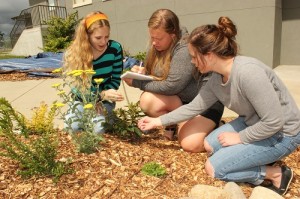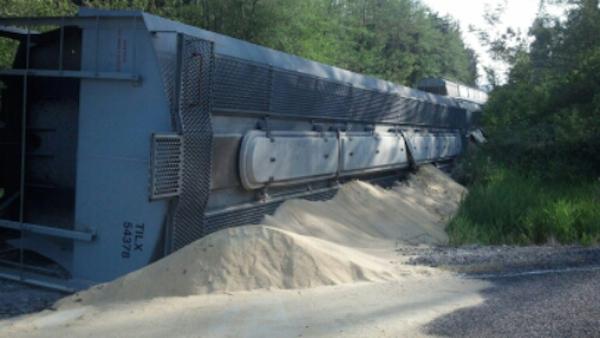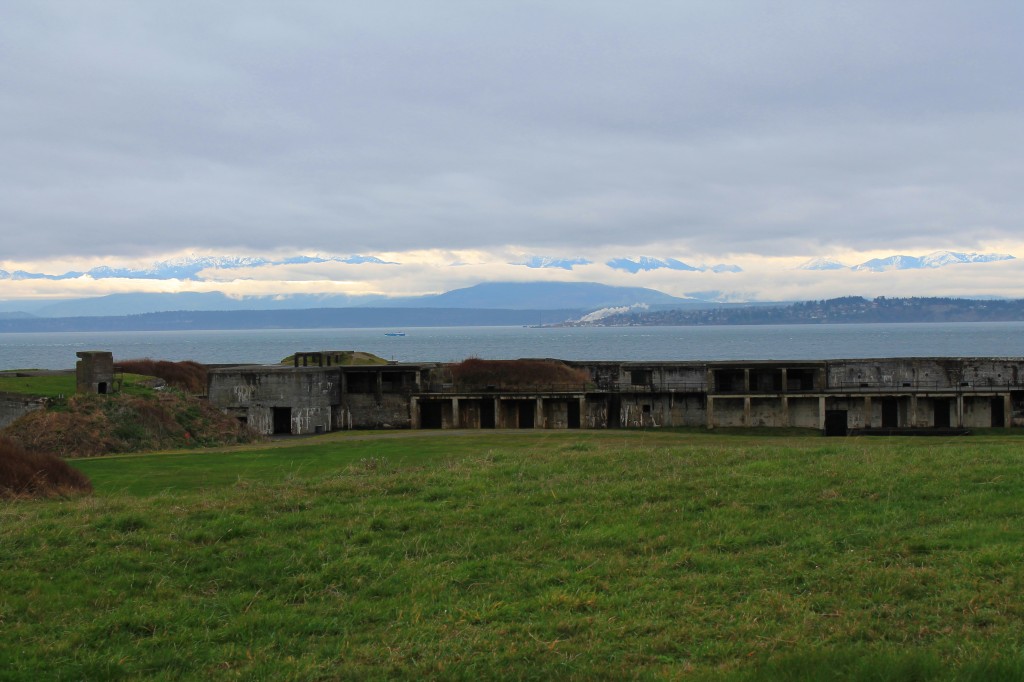 Published in Print: May 14, 2014, as Authors Contend Public Schools Outperform Private Schools
Published in Print: May 14, 2014, as Authors Contend Public Schools Outperform Private Schools
By Holly Yettick Education Week
The recent publication of a scholarly book has reopened the debate surrounding the academic achievement of public vs. private schools.
Public schools achieve the same or better mathematics results as private schools with demographically similar students, concludes The Public School Advantage: Why Public Schools Outperform Private Schools, published in November by the University of Chicago Press. The authors are Christopher and Sarah Lubienski, a husband-and-wife team of education professors at the University of Illinois at Urbana-Champaign.
Central to the controversy is their suggestion that vouchers, which provide public funding for private school tuition, are based on the premise that private schools do better—an assumption that is undercut by the book’s overall findings.
The Lubienskis’ analysis draws on data from the 2003 National Assessment of Educational Progress, or NAEP, as well as the Early Childhood Longitudinal Study, Kindergarten Class of 1998-99.
After accounting for socioeconomic status, race, and other demographic differences among students, the researchers found that public school math achievement equaled or outstripped math achievement at every type of private school in grades 4 and 8 on NAEP. The advantage was as large as 12 score points on a scale of 0 to 500 (or more than one full grade level) when the authors compared public school students with demographically similar 4th graders in conservative Christian schools.
The Lubienskis also used NAEP data to conclude that regular public schools outperformed independently operated, publicly funded charter schools in 4th grade math and equaled them in 8th grade math.
Finally, the Lubienskis used their longitudinal data to find that public school students started kindergarten with lower math achievement than demographically similar private school peers. By the time they reached the 5th grade, however, they were outperforming those same peers in the subject.
On the basis of the data they analyzed, the Lubienskis offer two possible explanations for their findings.
First, public school teachers are more likely to be certified, meaning they are required to continue to take professional-development courses that expose them to the latest research on teaching math.
Second, perhaps as a result of that professional development, their instructional approaches more closely align with recent studies suggesting that test results improve when students know how to reason and communicate mathematical concepts rather than merely learning to add, subtract, multiply, and divide.
The Lubienskis conclude that “private, autonomous, choice-based schools are not necessarily more innovative or academically effective but instead often perform at lower levels even as they attract more able students.”
Their book adds to a growing and controversial body of research questioning the conventional wisdom that private schools are superior to their public counterparts.
One source of contention is that private schools serve a different and often socially and economically more privileged set of students. So efforts to compare the two sectors necessarily require researchers to account for demographic differences between the groups.
Different Studies
Anytime researchers must consider those kinds of differences, they face the frustrating reality that results can change dramatically depending on the particular combination of demographic factors that they select and how they use them in their analysis.
In 2006, for example, researchers at the Educational Testing Service, the nonprofit Princeton, N.J.-based organization that administers and contributes to numerous high-profile exams, including NAEP, reached conclusions similar to the Lubienskis’ when the ETS scholars used the same 2003 database to conduct an analysis of both reading and math for the federal National Center for Education Statistics.
Shortly after that report was released, Paul E. Peterson, a professor at Harvard University’s John F. Kennedy School of Government, led an analysis in which he used the same data with a different combination of demographic variables. His results suggested that private schools actually equaled or surpassed public schools.
With this latest study by the Lubienskis, criticisms about demographic factors and other issues have also arisen, this time in a variety of venues including The National Review, a leading conservative magazine, and The Atlantic, which ran an interview with the Lubienskis in October.
Range of Responses
University of Arkansas scholar Jay P. Greene, who was once a researcher for the free market-oriented Manhattan Institute for Policy Research, mocked the study on his blog. At the other end of the ideological spectrum, New York University research professor Diane Ravitch, an outspoken critic of school choice, provided a blurb for the book.
One of the more detailed critiques appears in the summer edition of the school-choice-friendly publication Education Next. In that article, Patrick Wolf, a professor in the department of education reform at the University of Arkansas at Fayetteville, disputed the idea that the study was even relevant to the voucher debate.
“Voucher recipients make up a tiny fraction of private school students in the data sets the authors examine, especially since the data predate most of what still are very small programs scattered across the country,” he wrote.
Mr. Wolf also raised several methodological issues. For example, he noted that private schools do not necessarily participate in government initiatives such as the free and reduced-price meal program that the Lubienskis used as one measure of poverty, suggesting the Lubienskis’ numbers may be inaccurate.
If the results are biased, they are likely biased in favor of private schools, Christopher Lubienski countered in a response to Mr. Wolf and other critics that was posted on the Education Policy Blog in April. That’s because no data are available to account for what he describes as one of the biggest differences between public and private schools: highly motivated parents.
Two public and private school children may be identical in every measurable way, from income to race to special education status.
But the private school child’s family has still “demonstrated particular interest in their children’s education,” Mr. Lubienski wrote, by investing the time to select a particular private school and the money to pay for the tuition.
Because that family-level difference is unmeasured and unmeasurable, the Lubienskis argue, public schools are likely doing even better than their conclusions might suggest.
Lunch Demographics
Marcus Weaver-Hightower is an associate professor of educational foundations and research at the University of North Dakota who is familiar with the Lubienskis’ work but did not contribute to their book. He commented on some of the points raised in Mr. Wolf’s critique.
“Wolf is completely right that school lunch eligibility is a problematic indicator, though not necessarily because it separates the private schools from the public,” said Mr. Weaver-Hightower, an expert on school food policy.
“How much would kids be further behind without the program and its nutritional benefits, for example?” he said, “[What about] problems in certifying kids accurately, declining participation with age, and so on?
“Where Wolf’s critique is wrong, I think, is that a large number of private schools do actually participate in the National School Lunch Program.”
For instance, Mr. Weaver-Hightower said, although private schools are less likely to offer the program, past research has found that 94 percent of all schools, public and nonprofit private included, do participate.
Existing research does not address whether private schools that participate differ from those that do not, he said.
In addition to critiquing the way in which the Lubienskis accounted for demographic differences between sectors, Mr. Wolf also questioned their use of a “narrow definition of school performance” that excluded reading results and relied on the “use of tests that align more closely with public school than with private school curricula.”
In their book, the Lubienskis explain that they focus on math because it “is thought to be a better indicator of what is taught by schools than, say, reading, which is often more influenced directly and indirectly by experiences in the home.”
In addition, the Lubienskis have said that they limited their study to mathematics because it is their area of expertise, and that they did not feel comfortable straying beyond it.
Responses to Critics
In his response to Mr. Wolf, Christopher Lubienski noted that private schools are represented on the expert panels that oversee the creation of exams for both data sets that the Lubienskis’ study uses.
“Really, the tests are more aligned with public school curriculum, but that’s the point,” Mr. Lubienski said. “These tests reflect professional, expert perspectives on the most effective ways of teaching and learning. Both test-makers and public schools have embraced those perspectives more than have private and charter schools.”
Mr. Weaver-Hightower of the University of North Dakota suggested that the Lubienskis had done a thoughtful job of trying to account for as many complexities as possible.
“In the end, no study of public versus private schooling is going to be methodologically perfect,” he said. “It’s just too complicated to try to find a definitive answer when the sectors are so diverse, the confounding factors so many, and the data sets so limited.”
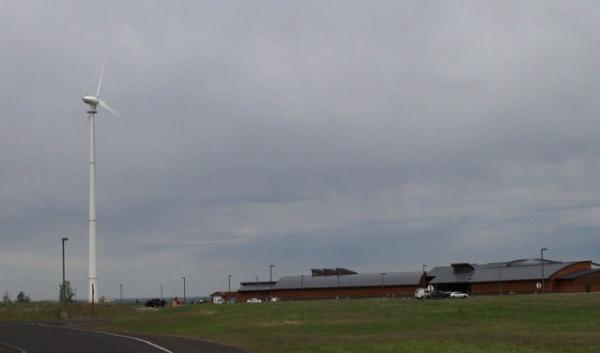


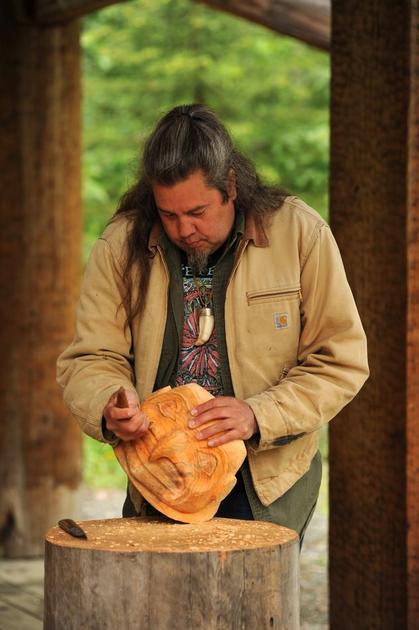

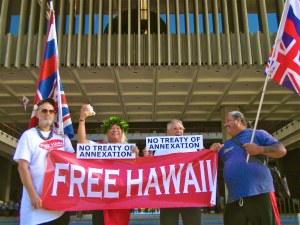


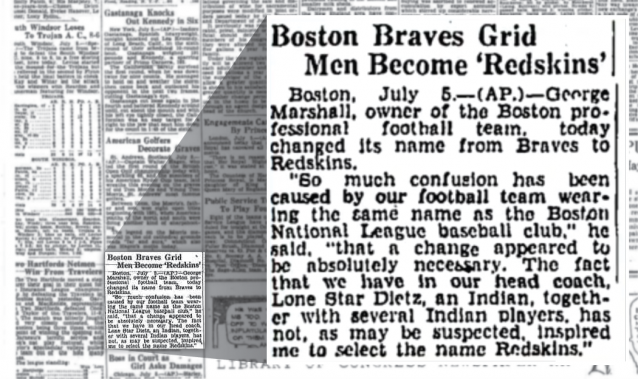

 Published in Print: May 14, 2014, as Authors Contend Public Schools Outperform Private Schools
Published in Print: May 14, 2014, as Authors Contend Public Schools Outperform Private Schools
